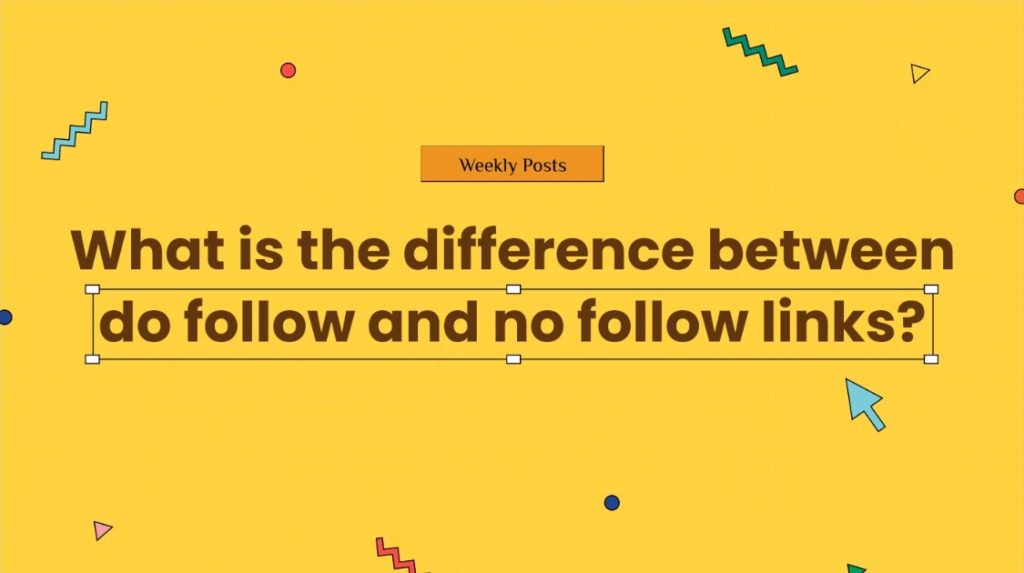Do you know that a powerful link-building strategy can improve your website’s ranking on Google?
And do-follow and no-follow backlinks are equally important and efficient in this regard.
Do-follow and no-follow are two different links that tell Google how to associate the website you’re linking to your own. However, in terms of search engine optimization, both are very different. At the same time, if you’re managing your company’s content or are involved in the marketing department, you must know the differences and how each impacts rankings.
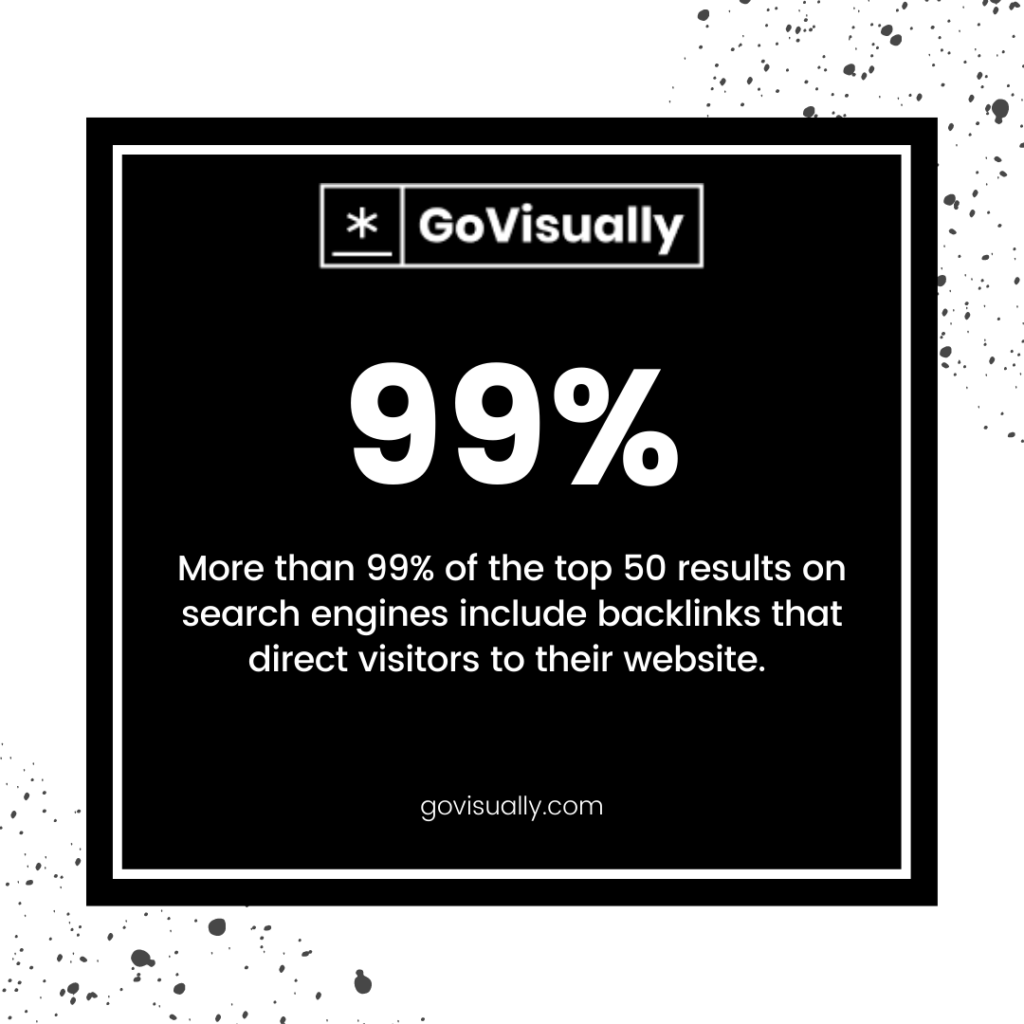
Luckily for you, we’ll explain the differences between do follow and no follow links. More importantly, we’ll explore how you can leverage both these types to stay at the top of search engine results.
Let’s start!
Table of Contents
Also, Read SEO Basics for Web Developers
What are do follow and no follow links?
Let’s look at the key differences between the two.
Do-follow links
These links allow both the search engine and users to reach the site it points to, and it passes the link juice and page link. You can use this syntax to make do-follow links:
<a href= http://www.example.com/>Text</a>

No-follow links
A no-follow link doesn’t pass the link juice and page link. The no-follow link tells Google not to follow this link because you don’t know who it belongs to and that the page doesn’t send its page rank to you.
If you link to a website with sketchy content or a source you don’t trust, it can affect your site because the moment you link somewhere, it means you vouch for that site. Imagine the linked site has a virus, pornographic, or questionable content – it could get you removed from the search results.
Here is the syntax that you can be used to make no-follow links.
<a href= http://www.example.com/ “ rel=”nofollow”>
Text</a”
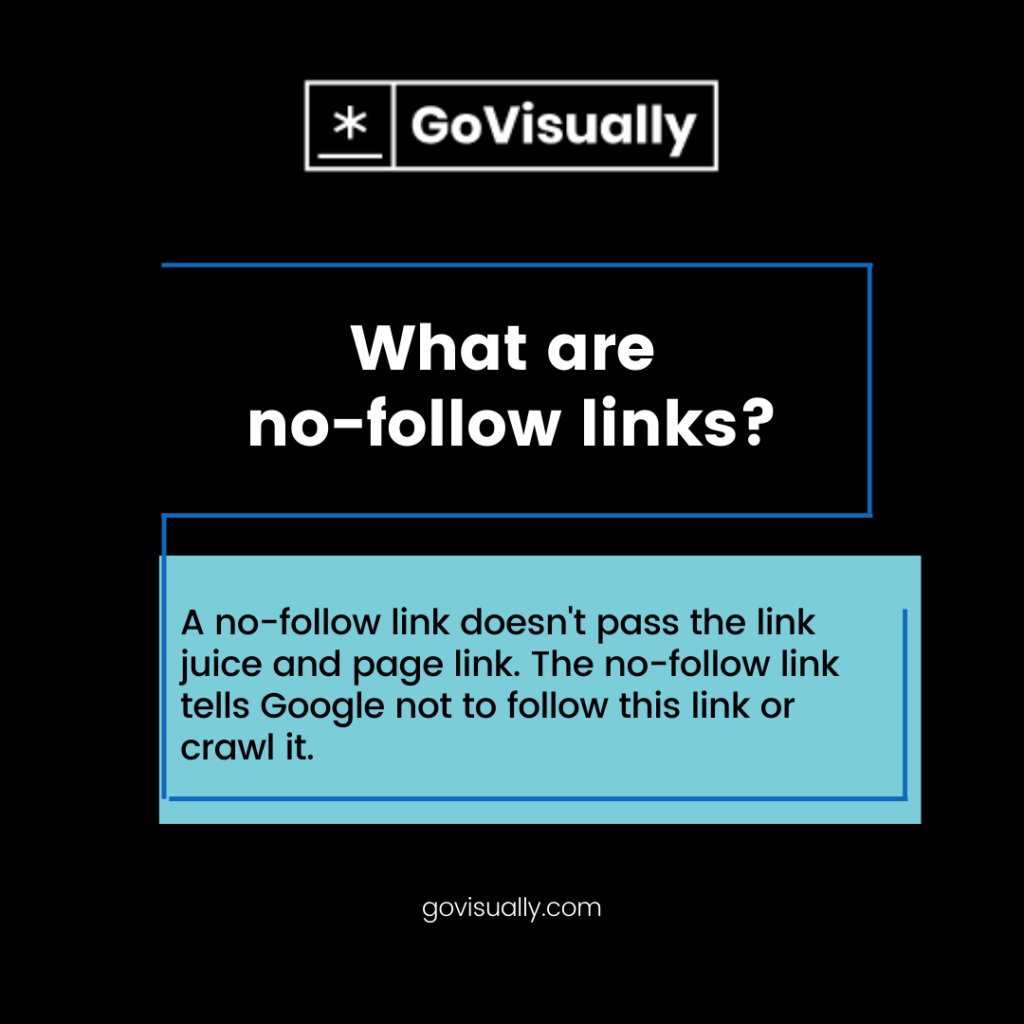
Difference between a do-follow link and a no-follow link
Do-follow links help you improve engine ranking. On the other side, no-follow links don’t affect your ranking directly. You should achieve a balance between them if you want to improve your website’s ranking.
Why are no follow links still needed?
While you may think NoFollow links don’t matter, the truth is that without them, your website may be a visible red flag for crawlers and can be considered a spam site. Most websites use NoFollow links to avoid being flagged and included in spam sites, but ensure the information linked on the page is useful for the site visitors. So even without accounting for PageRank, NoFollow links play a key role.
Some sites utilize NoFollow links for sponsorships and get paid through them, getting more visibility simultaneously. So, it’s important to have NoFollow links so that crawlers don’t think you are a spam site and connected to the DoFollow links. The best way to avoid being on the spam list is to dedicate a portion to NoFollow links in the backline profile. This adds legitimacy to your site for search crawlers and ensures you are not just using DoFollow spam links.
You can use a No-follow link if you don’t want to risk harming your website’s traffic. A No-follow link doesn’t pass link juice to the website attached as a No-follow link. Websites can improve their SEO by using No-follow links to attach user-generated content and sponsored or affiliated links to the website.
Should you spend time building no-follow links? The answer is yes.
No-follow links are a great source of the traffic to your website. You can use them to leverage social signals into your website and boost your website’s SEO. You can also use these links to integrate influencer marketing into your website. If you want to create a domino-effect link-building strategy, building No-follow links would be a great help.
Cut design & video review time in half
Try GoVisually free today!
How to get backlinks?
First, you can earn them by creating high-quality shareable content that naturally attracts backlinks from other sites. Your content needs to be engaging and formative and could come in videos, infographics, or blog posts.
This kind of content allows it to be seen and picked up organically. However, this method can be tricky to earn backlinks in volume. You could publish amazing content, but whether third-side party websites decide to link to you will depend on other factors such as your brand’s strength and your website’s popularity.
The second way is manual outreach which includes the following steps:
When conducting manual outreach, research is critical. You need to find the kind of websites that compliment yours and publish content. Start by searching google for blogs that are the exact match for your target keywords. Once you have narrowed down your options, look for factors that can influence the quality of the backlink.
Take the first blog from a previous search and enter it into Moz’s free domain analysis tool. Moz is a tool that has a browser extension, and it’s in chrome. Content depth and expertise of the existing content, the volume of traffic arriving on the web domain authority, and the relevance of your niche are all these factors that can make a big difference to the ranking impact of any backlink.
No-follow and do-follow links for SEO
No-follow link tag has changed the link-building game. SEO spammers can no longer trick users into clicking their website. They won’t bother posting irrelevant blog or forum posts. Thanks to the No-follow link tag.
Today, all user-generated content and links are tagged as No-follow links by WordPress. Wikipedia does the same and attributes the links submitted by users as No-follow links in its reference.
While the No-follow link tag hasn’t completely stopped comment spamming, it has been dampened. To improve your website’s SERP, you should know when to use a no-follow attribute and add do-follow links to your web content.
You can attribute the no-follow tag to:
- Paid links
- Comments
- Forums
- Anything Google considers “untrusted content.
What is PageRank, and how is it affected by do-follow links?
What exactly is PageRank, and why is it important for your website?
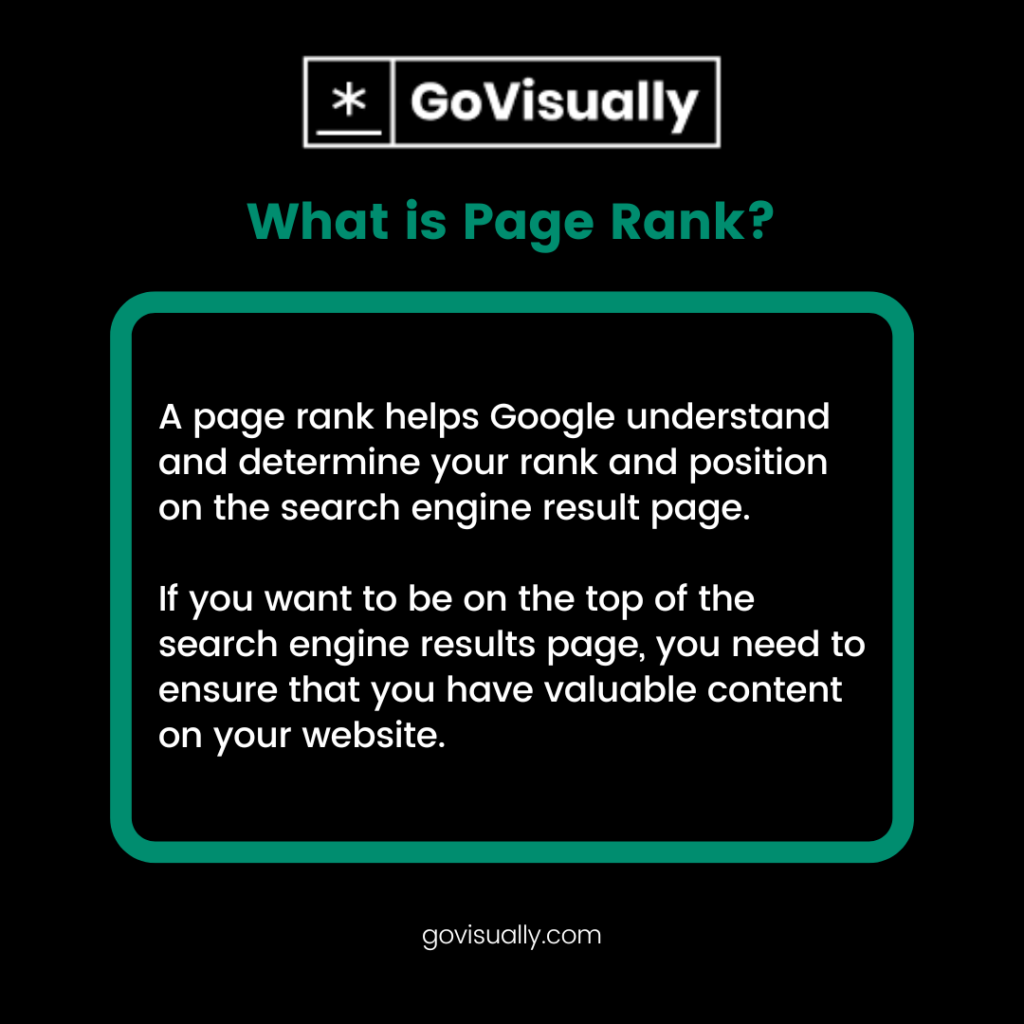
Think of it as collecting points for your website, which helps Google understand and determine your rank and position on the search engine result page. If you want to be on the top of the search engine results page, you need to ensure that you have unique information added to your web content to tell Google that you need more visibility amongst the different sites in your domain.
If you have unique information and your page has a higher PageRank amongst different sites, it is likely to be higher on the search engine result pages (SERP).
Different factors can determine the site or your page ranking, but DoFollow links play an important role in ranking.
For websites ranked lower on the SERP, the higher ranked pages have a DoFollow link that redirects the users to it and helps boost their rank and visibility. With a DoFollow link on a high-ranked site, your lower-ranked site gets more visibility and higher ranking and is a preferable option to a NoFollow link.
For SEO purposes, DoFollow links are important building links at the backend, but NoFollow links are also important in their capacity.
Building up do-follow and no-follow Links
Getting the do-follow link is easy if your brand is credible and has a positive reputation. This gives way to endless opportunities and requests of linking their brand to your site for visibility and support.
You can also use tools like Ahrefs to search backlinks for your competition and use your content as an edge over your competitors. But for doing that, your content needs to be unique for other businesses to want to add to your site. The focus should be on having top-quality content so that the link-building process is easier.
You can build a powerful backlinking strategy using both do follow, and no follow links. Each of these types of links has its value when it comes to SEO. All you have to do is determine which one’s better for your business and then outreach according to that.
Want to send big files?
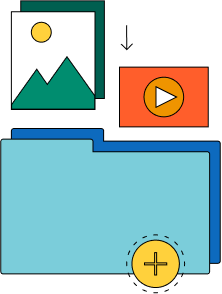
Need a quick way to share large files and creative assets?
With GoVisually Share, it’s absolutely free! Try today.
